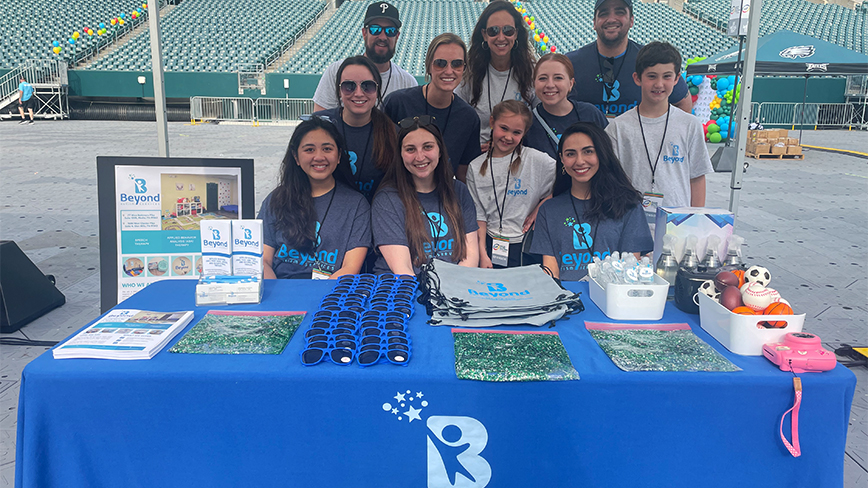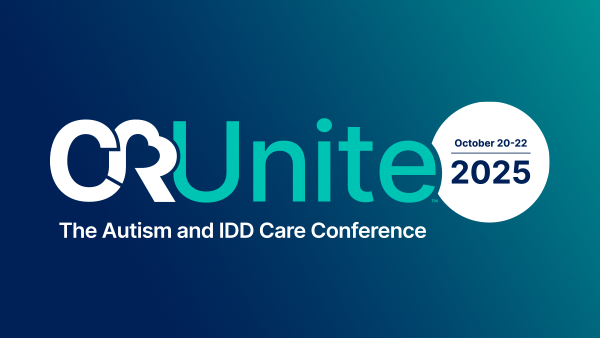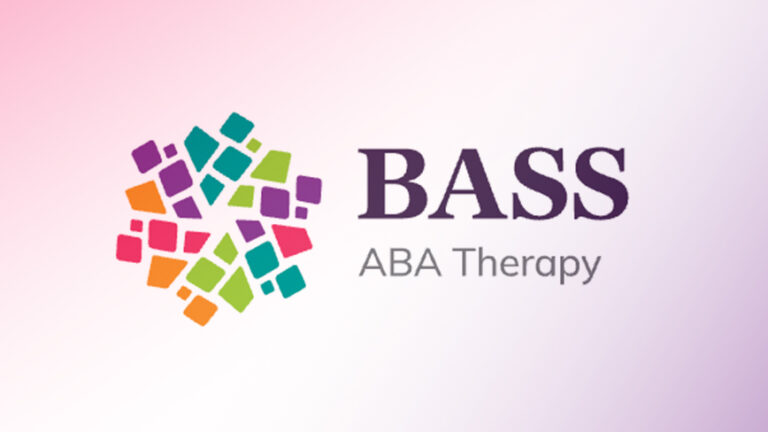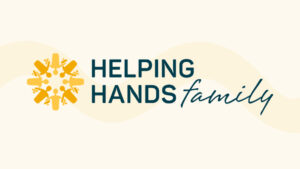In the field as a whole, ABA is focused on measuring and influencing observable behaviors or observable events. These behaviors are ones that we and others can see, hear, and/or feel. There are a number of reasons that these behaviors are the primary focus of intervention. Parents may value their children developing their independence through self-help skills, while teachers benefit from students having the self-management skills to remain seated for instruction. Likewise, employers prioritize employees producing outcomes efficiently. But there is something that these children, students, employees, you, and me all have in common that is often missed in our field. We are more than just what can be seen by others.
Private Events
In addition to behaviors that are observed by others in the environment, there are behaviors occurring that others cannot see, hear, and/or feel. Behaviors that are only observable by the person experiencing them are often called private events. Private events include behaviors such as thoughts, physical sensations (e.g., heart racing, stiff muscles), and internal physiological changes (e.g., pain, temperature). There is a complex relationship between private and observable events that is often missed, and if not considered, can lead to an incomplete analysis of behavior. And even worse, a life of more aversive control than appetitive access.
As an educator and behavior analyst, how often do you think about and incorporate private events in your conceptualizations for your students? As mentioned above, there are good reasons why observable behaviors are top priority. However, under the philosophy of radical behaviorism, private events are behaviors, just like any other behaviors. They are influenced by the environment and work under the same principles as any other behaviors. So, how do you begin incorporating them into your analysis of behavior? A first step to considering private events in our analyses for students is to first consider private events in the analyses of our own behavior.
Analysis of a Thought
When you are analyzing your own behavior, your private events are observable to the analyst (that’s you!). If it helps, you can think about your private events as if it is coming from a student or coworker as an observable event. Stay with me, I know this is getting a bit conceptual, so let’s walk it out. For simplicity, we will use the specific private event of a thought. Pick a particular thought that has been bugging you. Some examples may be:
I’m not good enough
I’m not smart enough
There are others better than me
I can't help
I can't do this
Once a specific target behavior (thought) is identified, the next step in our analysis is usually to figure out under what conditions that behavior occurs (i.e., Why is it happening? What is the function?). To do this, we identify the antecedents and consequences to that target behavior. Or, more technically, we do a simple functional behavior assessment (FBA). Some questions you might ask are:
- What was happening when the thought occurred?
- Where were you when the thought occurred?
- Who was there when the thought occurred?
- What happened after that thought occurred?
- What did you do after that thought occurred?
It’s important to remember that these questions are not just asking about the external “observable” environment, but also the internal environment as well. This includes physical sensations like hunger, pain, shortness of breath, blurry vision and emotions like scared, anxious, worried. So, a piece of your FBA may look something like this:
If this is the pattern, then that thought served as part of an escape function. When your mind (or “inner person/student”) screamed, “I CAN’T DO THIS!” you worked really hard to get them out of that situation. To go further, the thought is coming with aversive sensations and emotions before and after it, so it is not surprising that you’d want to make it go away.

What Now?
Now we ask the questions that any good behavior analyst would ask:
- How is this working out for you?
- Is this pattern in line with things that you care about?
- Do you want this to change?
If the honest answer is that this is not causing any significant problems, then there is no need to intervene! But this target behavior was picked for a reason, so I’m going to work under the assumption that this pattern is not really something we want to continue. Let’s assume that you really care about your students, even the ones that engage in challenging behaviors. You want to be able to help them in their distress and you want their interventions to be meaningful.
Remember, we could think of this thought as if it is coming from a student. What would you do for them now?
Some examples of antecedent strategies may be:
- Noticing precursors (heart racing, can’t breathe, the students’ precursors to more escalated behaviors)
- Practicing steadying breaths and calming
- Asking coworkers to let you know if you appearing to be triggered by a challenging situation and may offer support
Some consequence strategies may be:
- Acknowledging that the thought is occurring because you are scared/anxious
-
- You are only scared/anxious because this work matters to you. If the work didn’t matter, the thought wouldn’t matter
- Check out the Tarbox et al. (2023) article on Kind Extinction
- Call in a coworker or lead teacher to support
- Notice the other thoughts that are coming while also noticing the student is in distress
- Continue with calming strategies
- Debrief with colleagues
And when your thoughts get louder or more intense or your sensations get stronger (i.e., you have an extinction burst), go back to the Tarbox et al. (2023) article on Kind Extinction and remember this is part of the process. It means your intervention is working!
Clarification: Thoughts are not the Target Behavior for Intervention
Now the thing with private event interventions is that the primary goal is not to reduce the frequency of the thought. The thought itself is not hurting anyone or anything. It is the responses to these thoughts that often get us in trouble and move us away from the things we care about and/or the life we want to live. The thought is the precursor behavior to the actual target behavior, which is often escape or avoidance. But by going through the analysis of the private event, we can make it more likely that the escape or avoidance will decrease and behaviors that are more valuable will increase. It is those behaviors that will bring us (and students) closer to our values and goals, leading to richer and more meaningful experiences.
This is not a call to begin to do this with your students. Rather, it is a call to consider how your private events are affecting your work and to consider that your students may have similar experiences. After all, we all have one thing in common: we are human.
If this information and potential strategies resonated with you, you may value learning more about Acceptance and Commitment Therapy (ACT). It is my hope that this behavior analytic conceptualization of private events will enhance trainings in ACT. You can learn more about ACT and the ACT Matrix via the references provided.
Ready to ACT and learn about other cutting-edge topics for educators in autism and IDD?
Check out our Education focused CEUs – free (with a code) for the rest of 2023!






